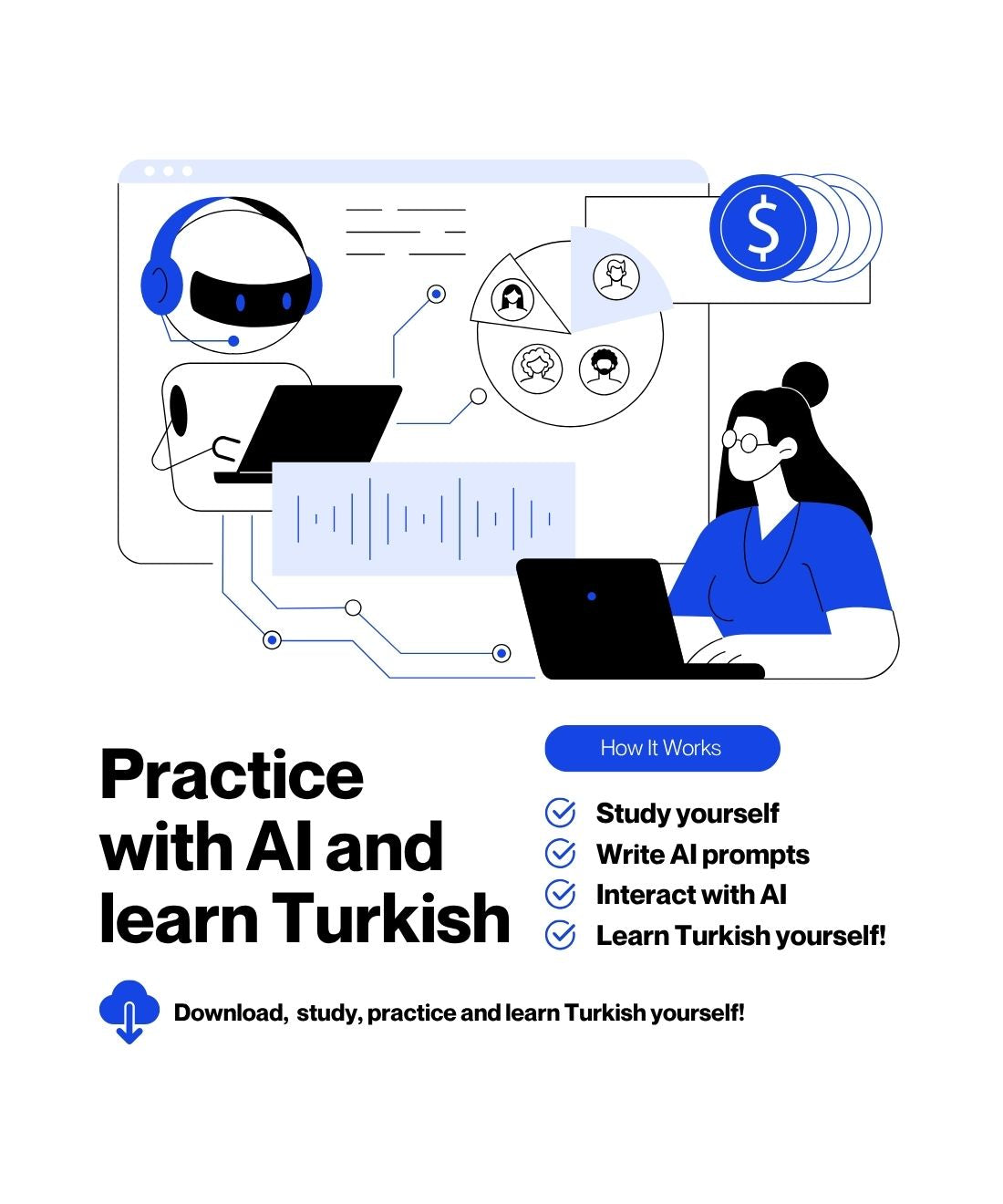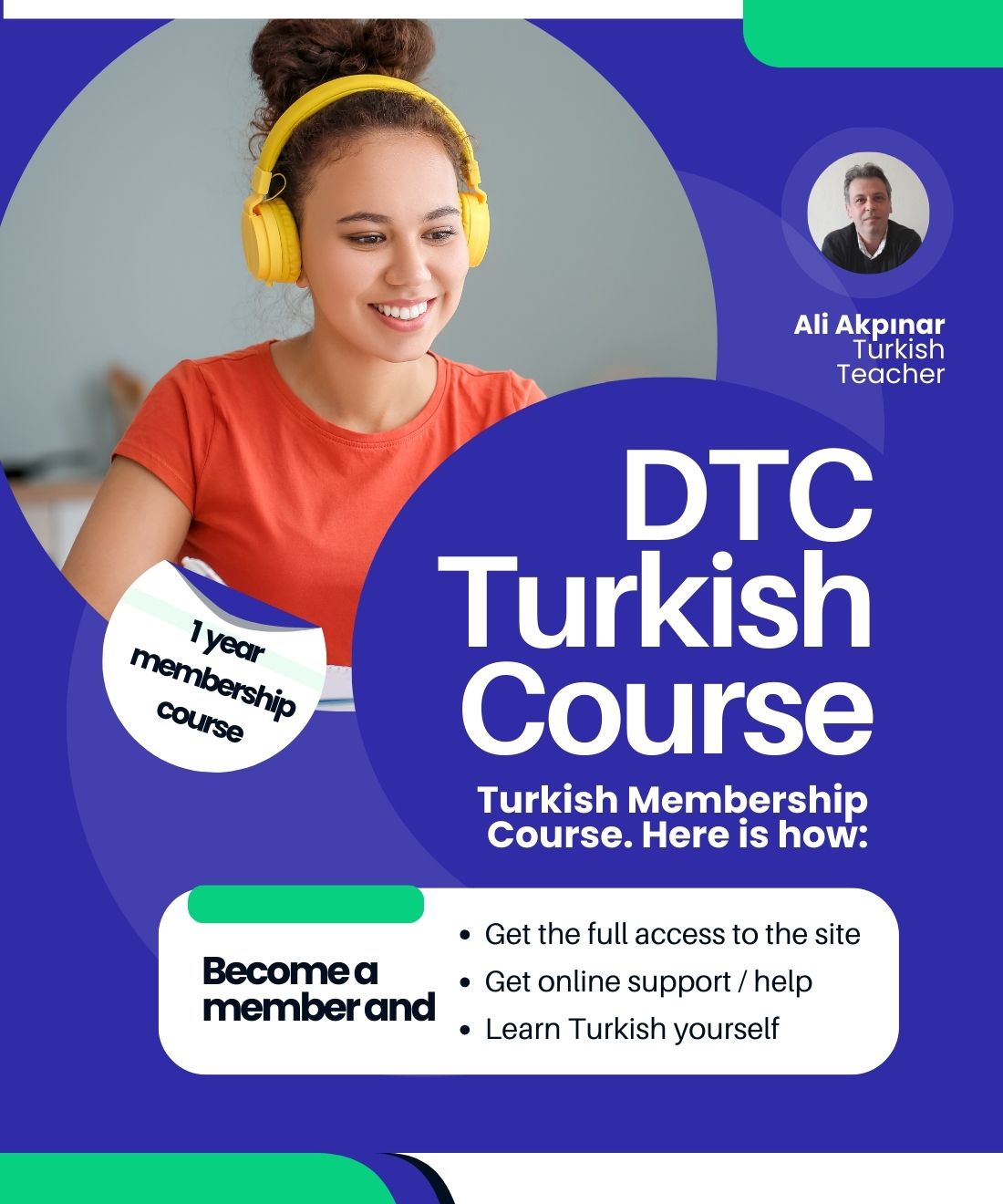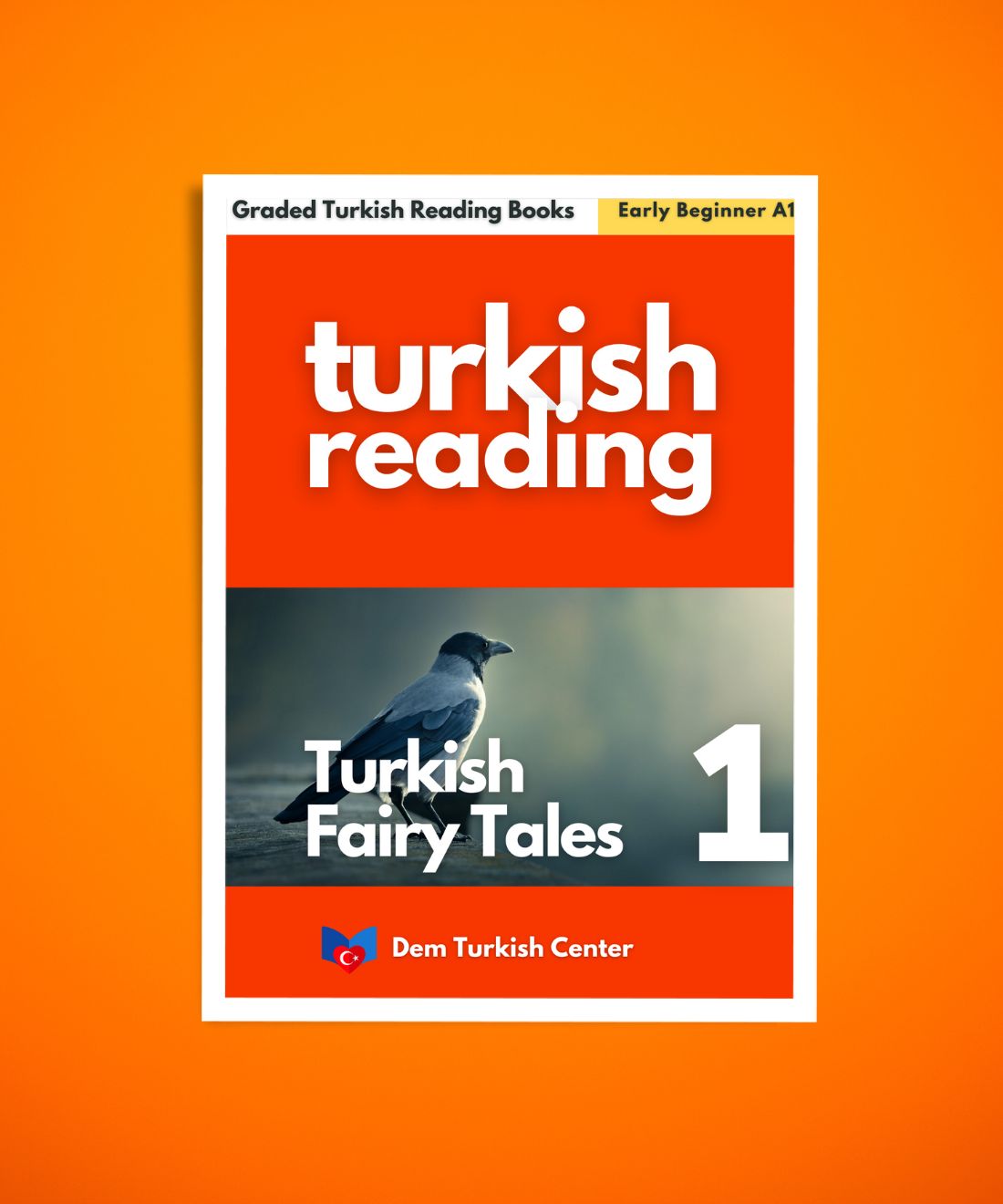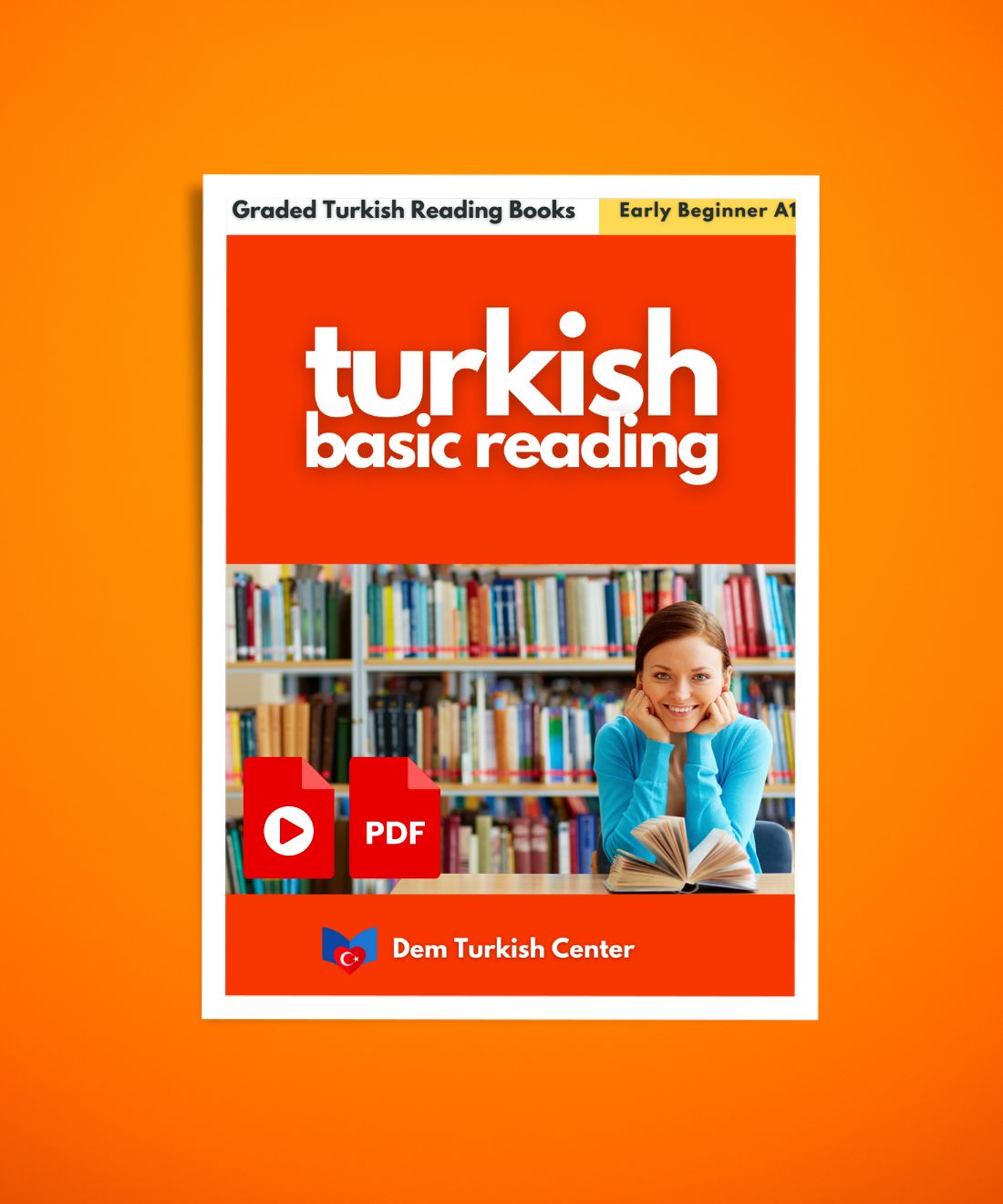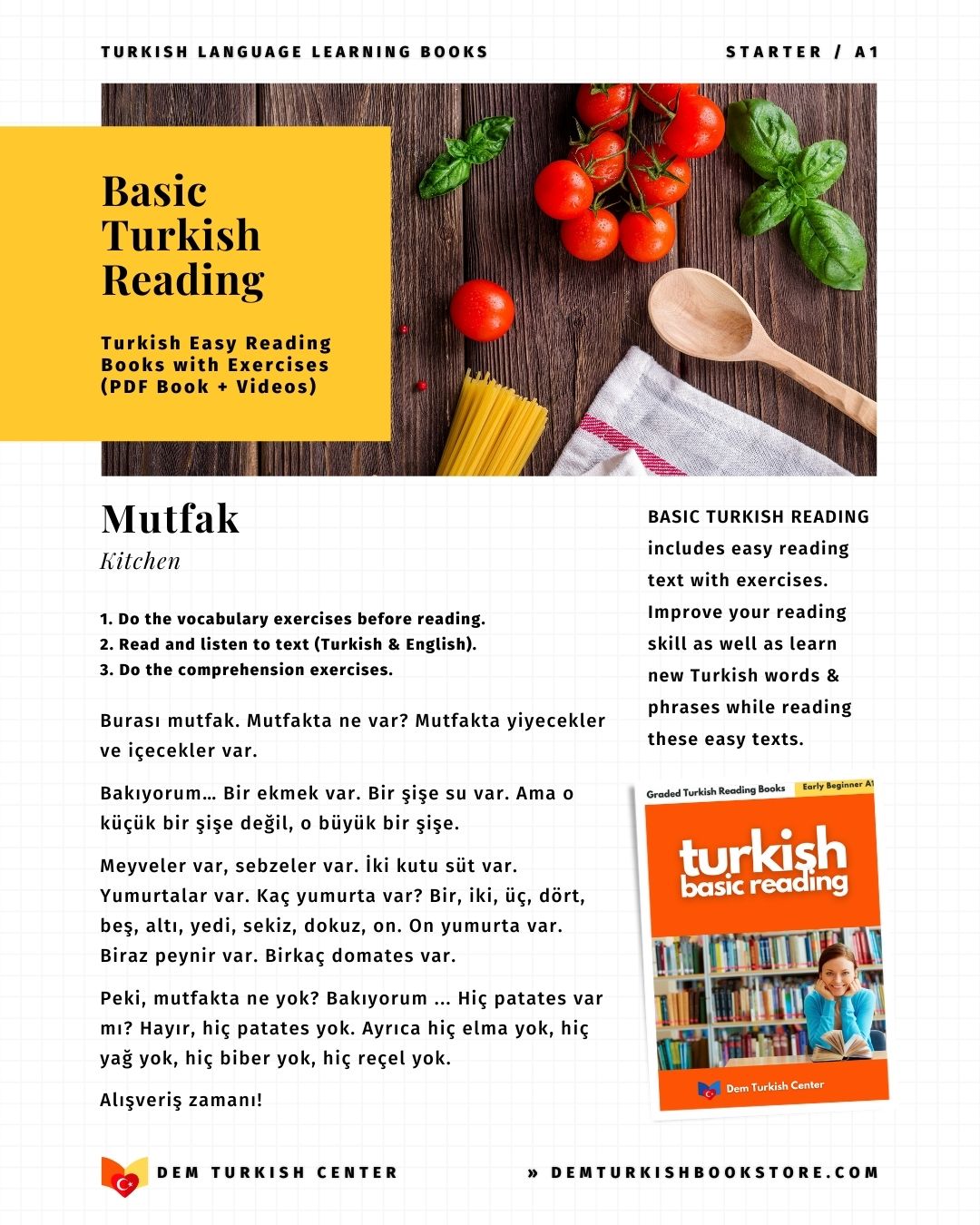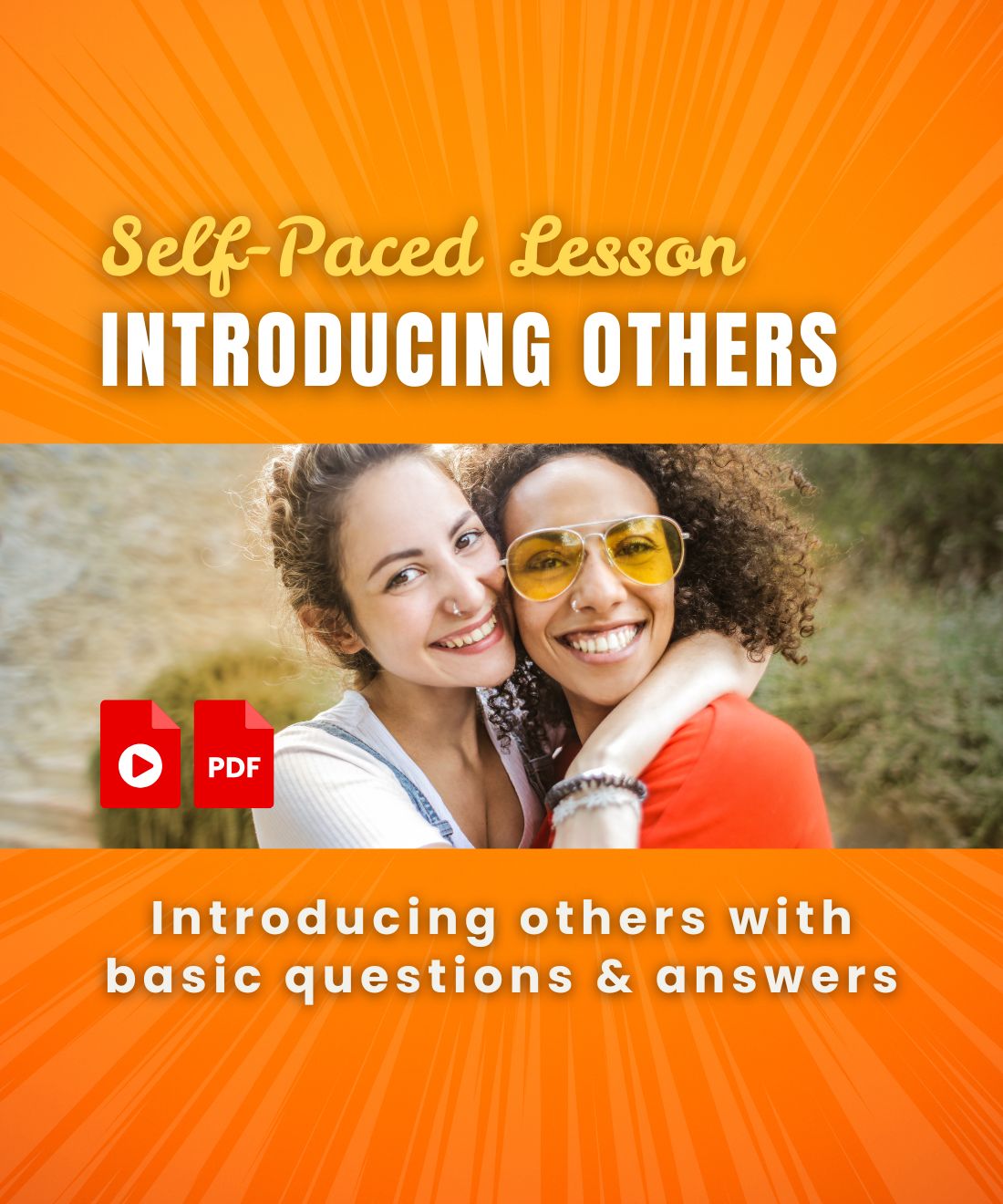
Language Learning with AI: A Beginner’s Guide
Learning a new language can be both exciting and challenging. Fortunately, artificial intelligence (AI) has revolutionized language learning, making it more accessible, interactive, and personalized than ever before.
From AI-powered apps like Duolingo and Babbel to conversational chatbots like ChatGPT, learners now have powerful tools at their fingertips. But how exactly does AI help with language learning? And how can beginners make the most of these technologies?
In this beginner’s guide, we’ll explore:
- How AI is transforming language learning
- The best AI tools for beginners
- Tips for using AI effectively
- Potential challenges and how to overcome them
Whether you're learning Spanish, French, Mandarin, or any other language, this guide will help you harness AI to accelerate your progress.
HOW TO LEARN LANGUAGE WITH AI
AI For Language Learning: The Pros and Cons
How AI Enhances Language Learning
AI is changing the way people learn languages by offering:
1. Personalized Learning Paths
Unlike traditional textbooks, AI adapts to your strengths and weaknesses. It tracks your progress and adjusts lessons to focus on areas where you need improvement.
- Example If you struggle with verb conjugations, an AI app will provide extra exercises on that topic.
- Tools Duolingo, Memrise, Babbel
2. Instant Feedback & Corrections
One of the biggest advantages of AI is real-time feedback.
- Pronunciation Apps like ELSA Speak analyze your speech and suggest improvements.
- Grammar & Writing Tools like Grammarly and ChatGPT help refine your sentences.
- Conversation Practice AI chatbots simulate real dialogues, correcting mistakes instantly.
3. Gamification & Motivation
AI makes learning fun with game-like elements such as:
- Streaks & Rewards (e.g., Duolingo’s daily goals)
- Leaderboards & Challenges (compete with friends)
- Interactive Exercises (quizzes, flashcards, speaking drills)
AI vs. Traditional Language Learning: What’s Better?
4. Accessibility & Convenience
AI-powered learning is available anytime, anywhere:
- Mobile apps let you practice on the go.
- Voice recognition allows speaking practice without a tutor.
- Affordable or free options make learning accessible to everyone.
Best AI Tools for Language Learning (Beginner-Friendly)
Here are some of the top AI-powered tools to kickstart your language journey:
1. Duolingo (App & Web)
- Best for Vocabulary building, gamified learning
- AI Features Adaptive lessons, speech recognition, personalized reviews
- Free tier Yes (with ads)
2. Babbel (App & Web)
- Best for Structured lessons, practical conversations
- AI Features Speech recognition, personalized review sessions
- Free tier Limited free lessons (subscription required for full access)
3. ELSA Speak (App)
- Best for Pronunciation & accent training
- AI Features Real-time feedback on speech accuracy
- Free tier Basic version available
4. ChatGPT (Web & App)
- Best for Conversational practice, grammar help
- AI Features Simulates real conversations, explains grammar rules
- Free tier Yes (with optional paid upgrades)
AI Grammar Prompts: Master Grammar Faster with these prompts
5. Memrise (App & Web)
- Best for Learning through videos & native speaker clips
- AI Features Spaced repetition, adaptive learning
- Free tier Yes (premium version unlocks more content)
6. Rosetta Stone (App & Web)
- Best for Immersive learning
- AI Features TruAccent speech recognition
- Free tier No (paid subscription required)
How to Use AI for Effective Language Learning
1. Set Clear Goals
- Are you learning for travel, work, or fun?
- Focus on key skills: Speaking, Listening, Reading, or Writing?
2. Combine AI with Human Interaction
- Use AI for drills, but practice speaking with native speakers (e.g., Tandem, HelloTalk).
- Join language exchange groups or online classes.
3. Practice Daily (Even for 10 Minutes)
- Consistency matters more than long study sessions.
- Use AI apps with reminders to stay on track.
4. Use Multiple Tools for Balanced Learning
- Duolingo for vocabulary
- ELSA Speak for pronunciation
- ChatGPT for conversation practice
5. Review & Reinforce Weak Areas
- AI tracks mistakes—revisit difficult topics regularly.
- Use flashcards (Anki, Quizlet) for memorization.
Potential Challenges & How to Overcome Them
1. AI Can’t Fully Replace Human Interaction
- Problem AI lacks emotional nuance and cultural context.
- Solution Supplement with real conversations (e.g., iTalki, Preply).
2. Over-Reliance on Translation Tools
- Problem Always translating instead of thinking in the target language.
- Solution Limit dictionary use; try to guess meanings from context.
3. Inaccurate Pronunciations or Grammar
- Problem Some AI tools generate unnatural phrasing.
- Solution Cross-check with native speakers or reliable sources.
4. Motivation Drops Over Time
- Problem Losing interest after the initial excitement.
- Solution Set milestones, join a study group, or reward progress.
The Future of AI in Language Learning
AI is evolving rapidly, and future advancements may include:
- Virtual Reality (VR) Language Immersion Practicing in simulated real-world scenarios.
- Emotion-Sensitive AI Tutors Adjusting teaching style based on learner mood.
- Real-Time Augmented Reality (AR) Translations Instant subtitles in conversations.
However, ethical concerns (data privacy, AI bias) must be addressed for safe and fair learning experiences.
Final Tips for Beginners
- Start small Focus on basic phrases first.
- Be consistent Short daily sessions > occasional long ones.
- Mix AI + human learning Balance tech tools with real practice.
- Have fun! Use movies, music, and games in your target language.
Conclusion
AI is a game-changer for language learners, offering personalized, interactive, and convenient ways to study. While it has limitations, combining AI with real-world practice can accelerate your progress dramatically.
Ready to start? Pick an AI tool from this guide, set a goal, and dive in!
What’s your favorite AI language learning tool? Share in the comments!




